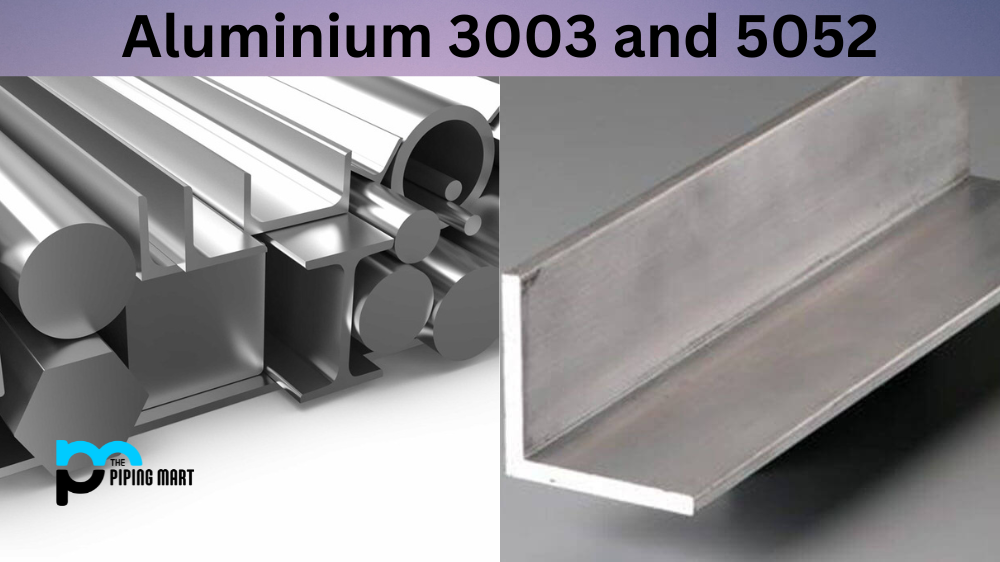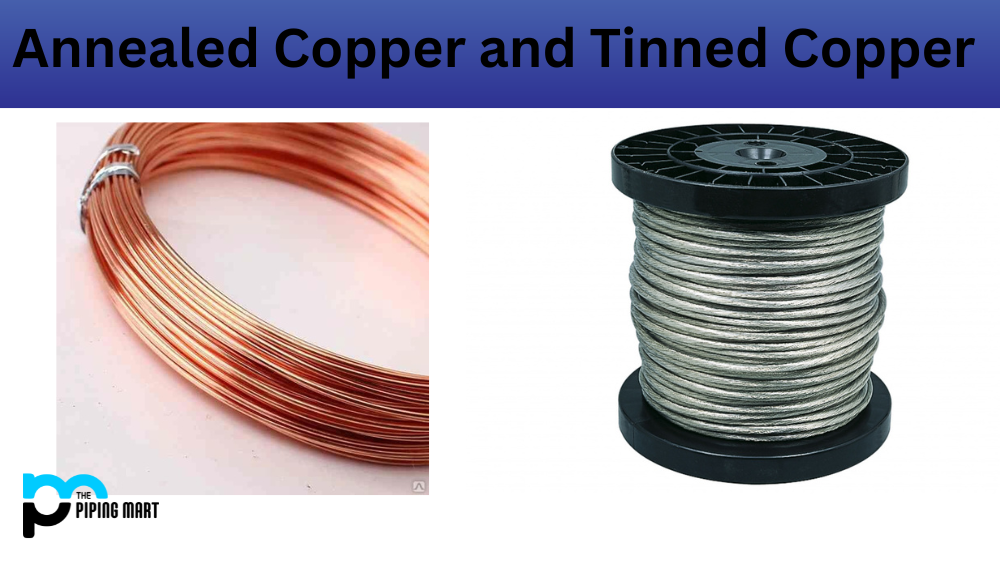Choosing the right aluminium alloy can significantly impact your project’s success. Aluminium 3003 and 5052 are two of the most commonly used aluminium alloys in the manufacturing industry. While 3003 and 5052 have excellent corrosion resistance, ductility, and formability, they have slightly different characteristics that make them suitable for different applications. This article will comprehensively compare aluminium 3003 and 5052 to help you make an informed decision.
Difference Between Aluminium 3003 and 5052
Chemical Composition
Aluminium 3003 and 5052 have different chemical compositions, which affects their properties. Aluminium 3003 contains a small amount of manganese, while aluminium 5052 has higher magnesium and chromium levels. Magnesium in 5052 makes it stronger, more durable, and more susceptible to stress cracking. On the other hand, aluminium 3003 is softer and more flexible, making it easier to manipulate during fabrication.
Strength and Durability
As mentioned earlier, aluminium 5052 has higher levels of magnesium, which gives it more strength than aluminium 3003. Aluminium 5052 has a higher fatigue resistance, making it ideal for high-pressure vessels and tanks. Aluminium 3003, on the other hand, is less strong and is better suited for applications that require flexibility and formability.
Welding and Machining
Aluminium 3003 is easier to weld than aluminium 5052. It also has better machinability, as it can be easily cut, drilled, and worked. Aluminium 5052 requires special welding techniques and equipment, and its higher magnesium content can make it difficult to machine. If your project requires welding or machining, consider aluminium 3003.
Corrosion Resistance
Both aluminium 3003 and 5052 have excellent corrosion resistance, making them ideal for outdoor use. However, aluminium 5052 has better saltwater corrosion resistance, making it the preferred choice for marine applications. If your project involves exposure to harsh marine environments, consider Aluminium 5052.
Cost
The cost of aluminium 3003 and 5052 can vary depending on the supplier and location. Aluminium 5052 is more expensive due to its higher magnesium content. If budget is a concern for your project, aluminium 3003 may be a more cost-effective option.
Conclusion
Choosing between aluminium 3003 and 5052 can be challenging, as both alloys have strengths and weaknesses. However, by considering the chemical composition, strength, weldability, corrosion resistance, and cost, you can make an informed decision that meets the requirements of your project. Whether you choose aluminium 3003 or 5052, both alloys offer excellent performance and versatility for various applications.

Pipingmart is a B2B portal that specializes in metal, industrial and piping items. Additionally, we share the latest information and information about materials, products and various types of grades to assist businesses that are involved in this business.




